For some of us, it’s been awhile since we ventured out for something better. When it comes to travel in general, some silent shifts have been in play. Here are some tips for a peaceful, rejuvenating travel experience today. Because lately, the “T” in travel almost always stands for trouble.
Flying the Not So Friendly Skies
As for air travel, all I can suggest is to pack light and put on your happy face, as you’re going to need all the patience you can muster to get through it. Author Katie Way from Self.com, however, shares some excellent air travel tips, from stretching to staying hydrated.
Pedal to the Metal
For those looking for freedom that air travel seems to stifle, there’s the open road to consider. Travel & Leisure offers some helpful tips, but sadly there are still some thorns with which to contend.
With GPS practically surgically installed into our souls, getting to where you want to go has “never been easier.” That is, until the GPS navigator’s voice begins to grate on you, or contradict itself, or your phone’s GPS starts competing with your car’s, or when GPS tells you to make illegal turns you only discover when the policeman explains it to you. If you’re looking for some GPS Therapy, may I recommend this informative article from PC Magazine.
Self-driving cars simply scare the hell out of me. Maybe someday the trust will come, but until I can smooth out my relationship with my GPS, I don’t see myself giving up the wheel to technology. What do you think?
Boat? Drone? Jet Pack? How do you hope to be getting around in the future?






















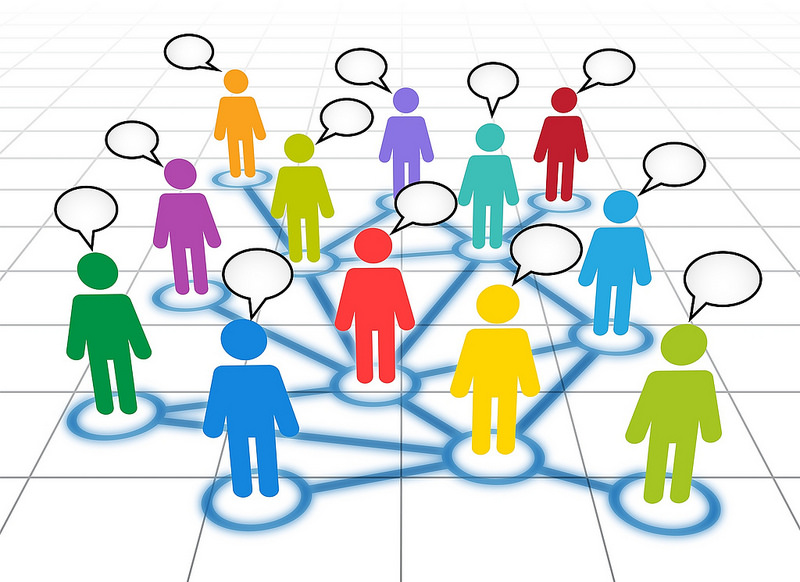





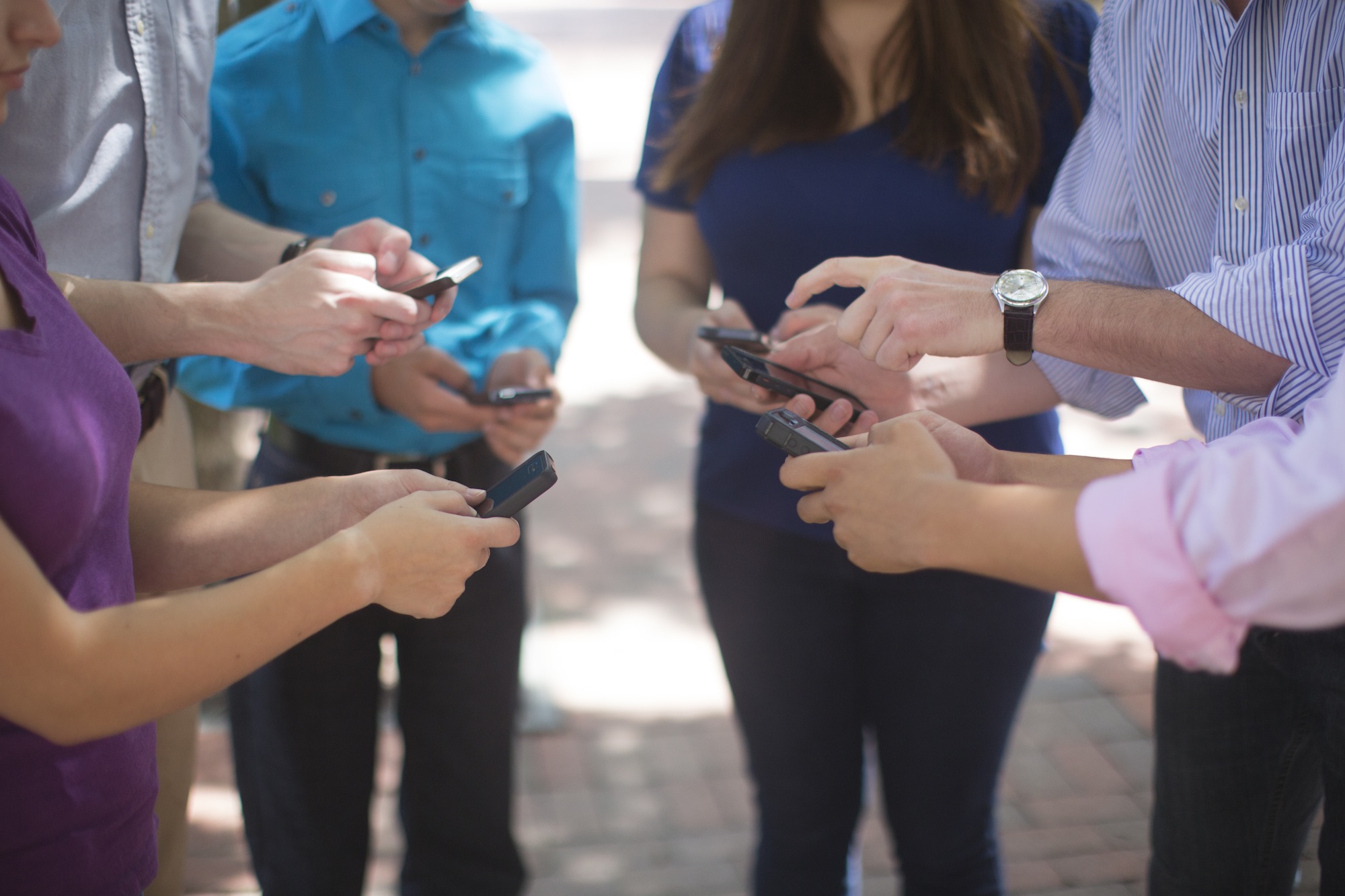
























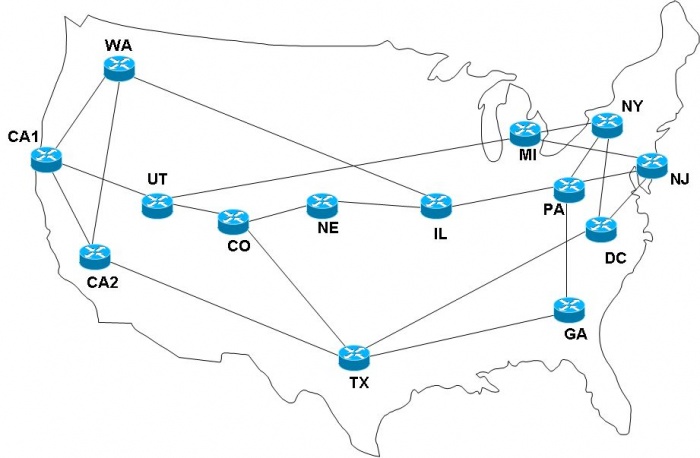

 1. Crowdsourcing
1. Crowdsourcing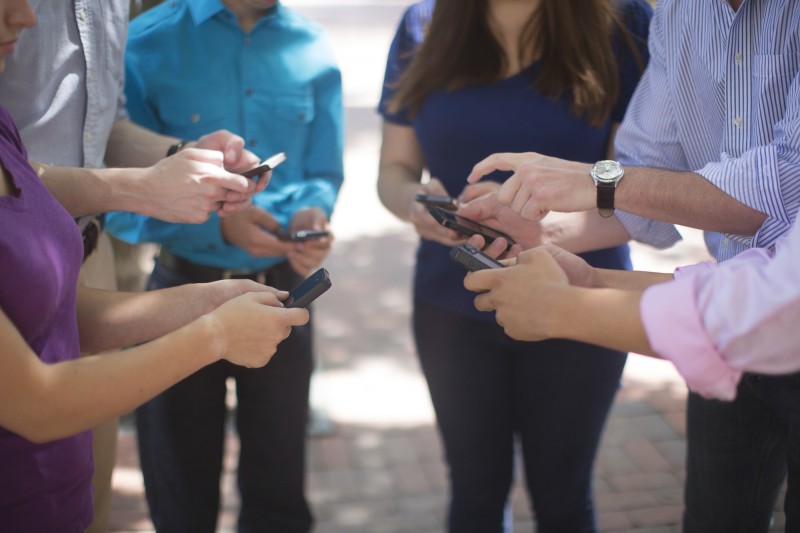


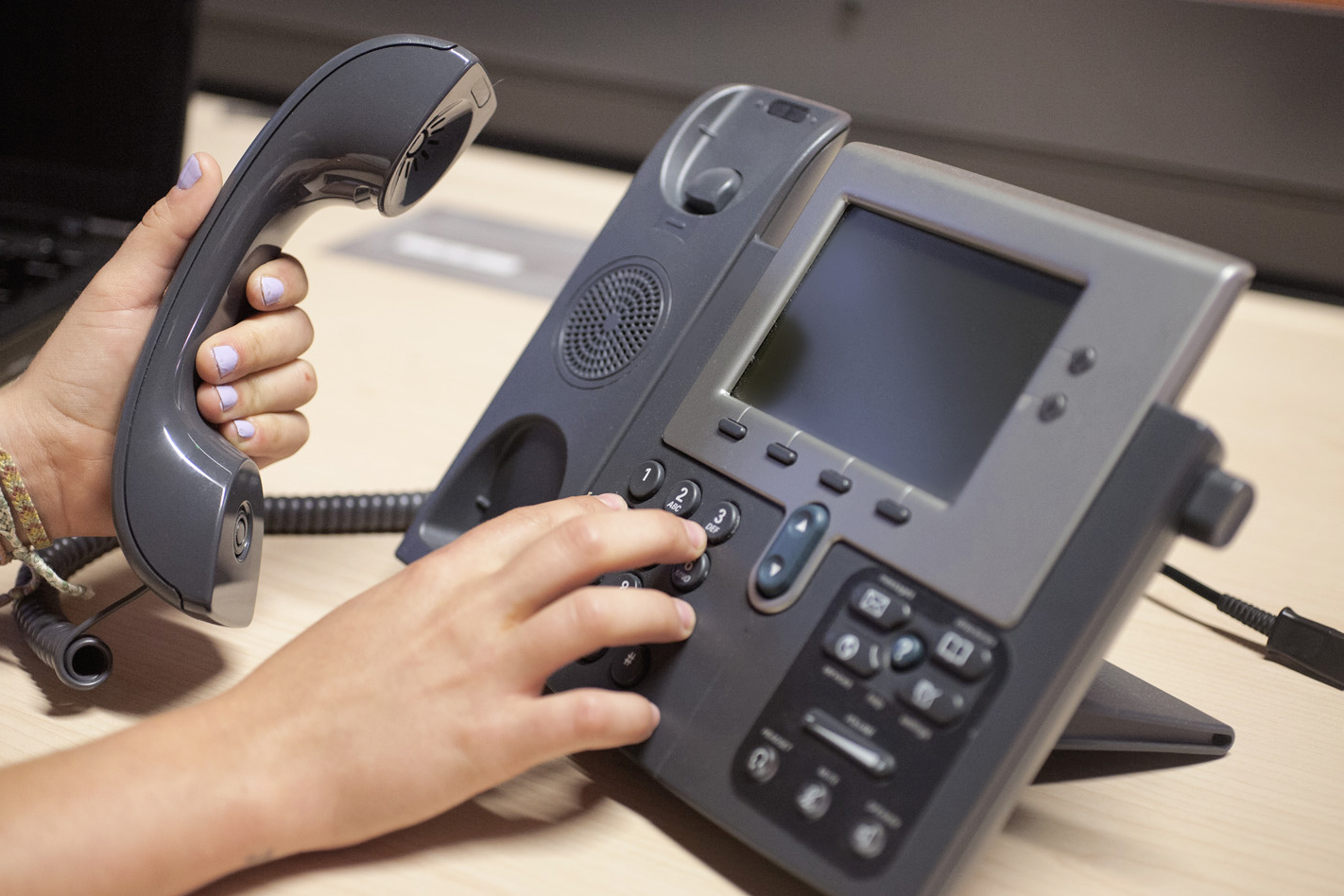
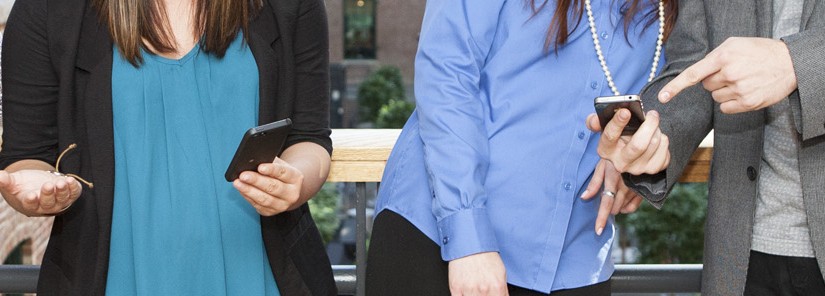


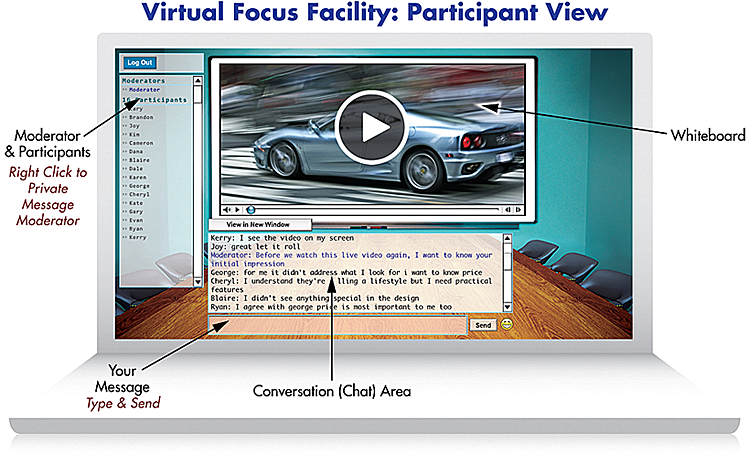



 That’s one way to handle it. There’s also begging for forgiveness.
That’s one way to handle it. There’s also begging for forgiveness. Acceptance is the first step to recovery.
Acceptance is the first step to recovery.



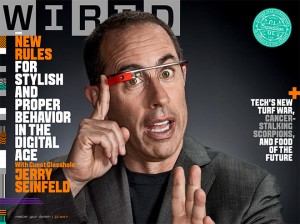 Even at this early stage, I have to wonder if Google’s tireless marketing efforts to promote Glass as mainstream these past few years moved the needle of acceptance even a little. Google’s clever product placement on athletes, television, fashion shows, sporting events, and magazine covers – did it work?
Even at this early stage, I have to wonder if Google’s tireless marketing efforts to promote Glass as mainstream these past few years moved the needle of acceptance even a little. Google’s clever product placement on athletes, television, fashion shows, sporting events, and magazine covers – did it work?